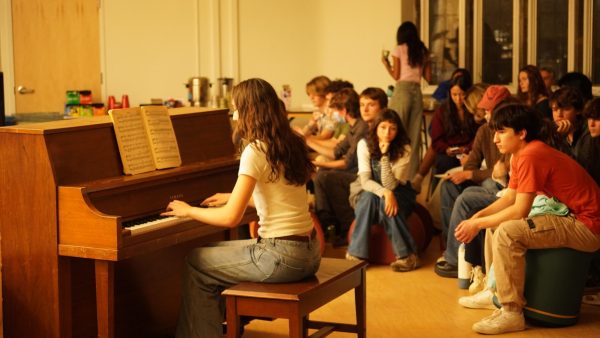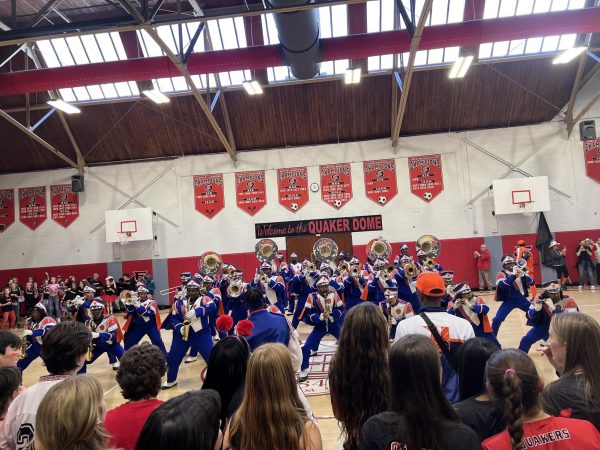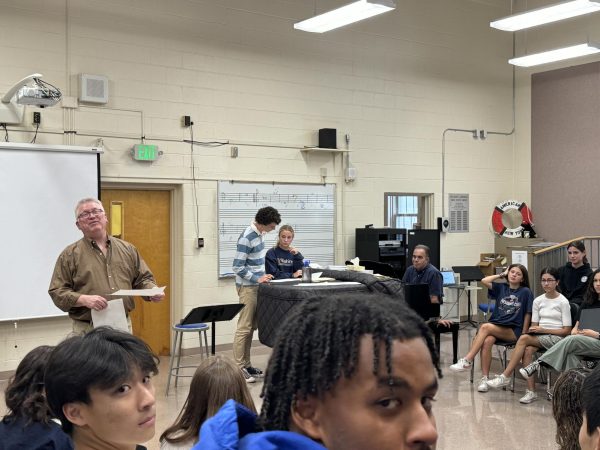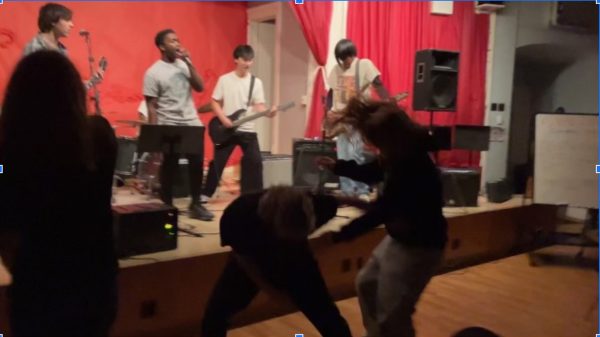TikTok on the Clock
New music app has caught the attention of millions of teens worldwide.
In April 2014, an app called muscical.ly swept the nation, capturing the eye of millions of teens across the world, including some here at Friends. An app designed to lip-sync to your favorite song, or make duets with your friends, became one of the biggest social media platforms of its time.
I, too, have created a few videos here and there that I dare not resurface, but I remember having the goal of one day landing on the “featured” page. This page was where all the most liked and most viewed videos went. Although muscical.ly’s initial featured page was mostly celebrities, there were a few average teenagers in their parents’ basement who managed to snag a spot on the page.
For the first two years or so the app was booming, grossing over 100 million monthly users, but unfortunately, things took a turn for the worse around August 2018. Although no one knows exactly why the app lost its spark, it became clear that singing the same three songs was getting old.
During the last few months in the demise of musical.ly, people began looking for a new creative outlet to put their efforts into. Little did we know, a bigger, better, and funnier app was on the horizon. So, all the creators, bored teenagers, and celebrities saved their last muscical.ly videos to their drafts, liked their last posts, and watched as the app slowly died in early August.
There was a moment when people didn’t know what to do with all this new free time, but in September of 2018, the new and improved musical.ly took over. The owner of the new app tiktok bought musical.ly.
Of course, we were hesitant to accept this new app, but after a few months of rebranding (and a somewhat weird beginning) the app completely took off. And by January of 2018, it was the #1 app in the world. It was downloaded more than 104 million times on Apple’s App store during the full first half of 2018.
Today, the app has become a reincarnated version of the long-lived vine, similar in its 30-60 second looping videos. Still holding true to its founder musical.ly, there is still a featured page, now called the “for you” page, a majority teenager base, with stars like Will Smith trying to learn the newest dances.
There are a variety of different categories of “tiktok-ers” one could say. The e-girls and boys who dress in all black and wear chains, the “vsco” girls who walk around with Hydroflasks and puka shell necklaces, the “soft” ones who wear pastels and hair barrettes, and then the comedians (and I use that word lightly) who make original content that is arguably much more entertaining.
In the app’s origins, it was not seen as the “cool” app it is now. There had been a slight buzz about it and how weird it was. This curiosity is what led people to download it, but only as a joke. We later found that what was originally an ironic joke, became an unironic addiction.
As Lily McFarland ‘22 says, “I downloaded the app as a joke and then now I’m addicted to it. Not as addicted as some people, but I go on it every night.”
Most people would say TikTok has become a daily part of their life, whether they like it or not. I spoke to a student at Loyola and asked him what his opinions on the app were.
“I don’t like [it] because it’s cringey watching 13 or 20-year-olds do duets with each other about songs,” he said. “I especially don’t like the e-girls trying to be sexy on an app like that.”
The good thing about the app is that anyone can join, which can also be a bad thing because you may come across a few old men here and there. No matter what your stance is, what type of “toker” you are, how many followers you have, there’s no denying that TikTok has captured the eyes of many, and there’s no telling where this app can do in the future. Feel free to follow me on the tok @llhammy 🙂


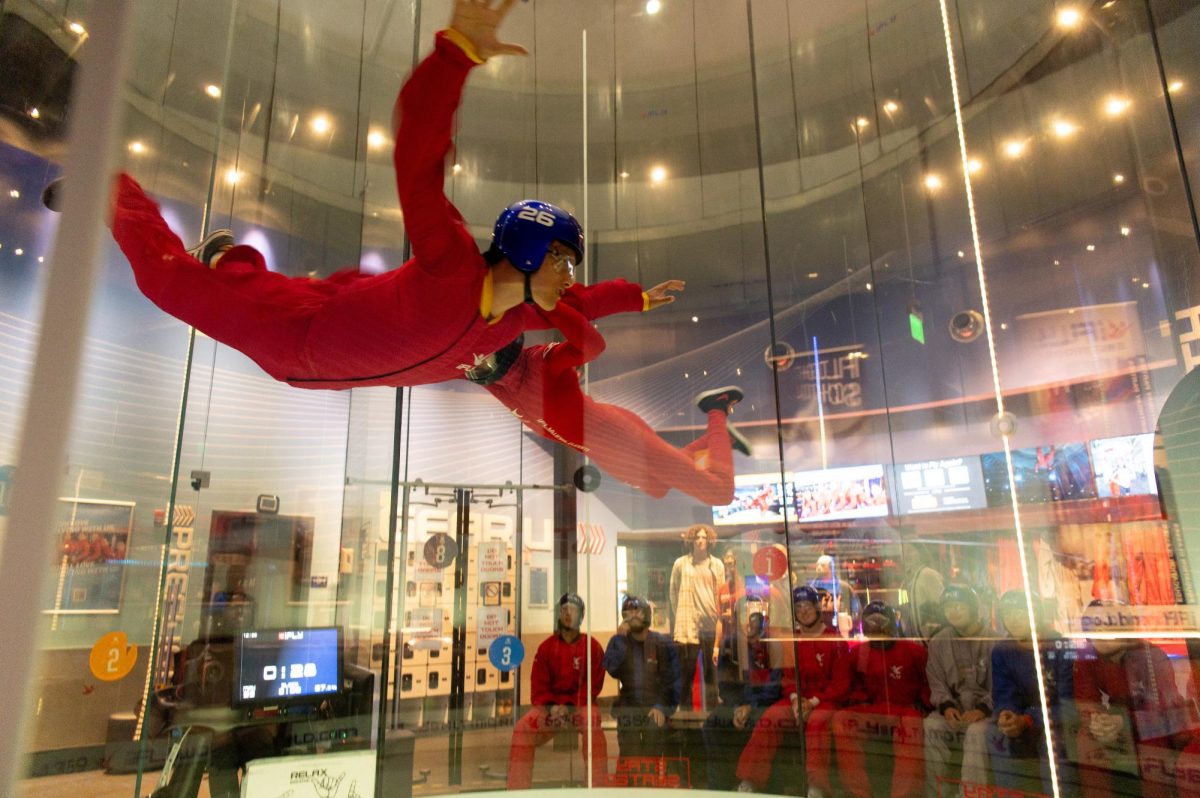
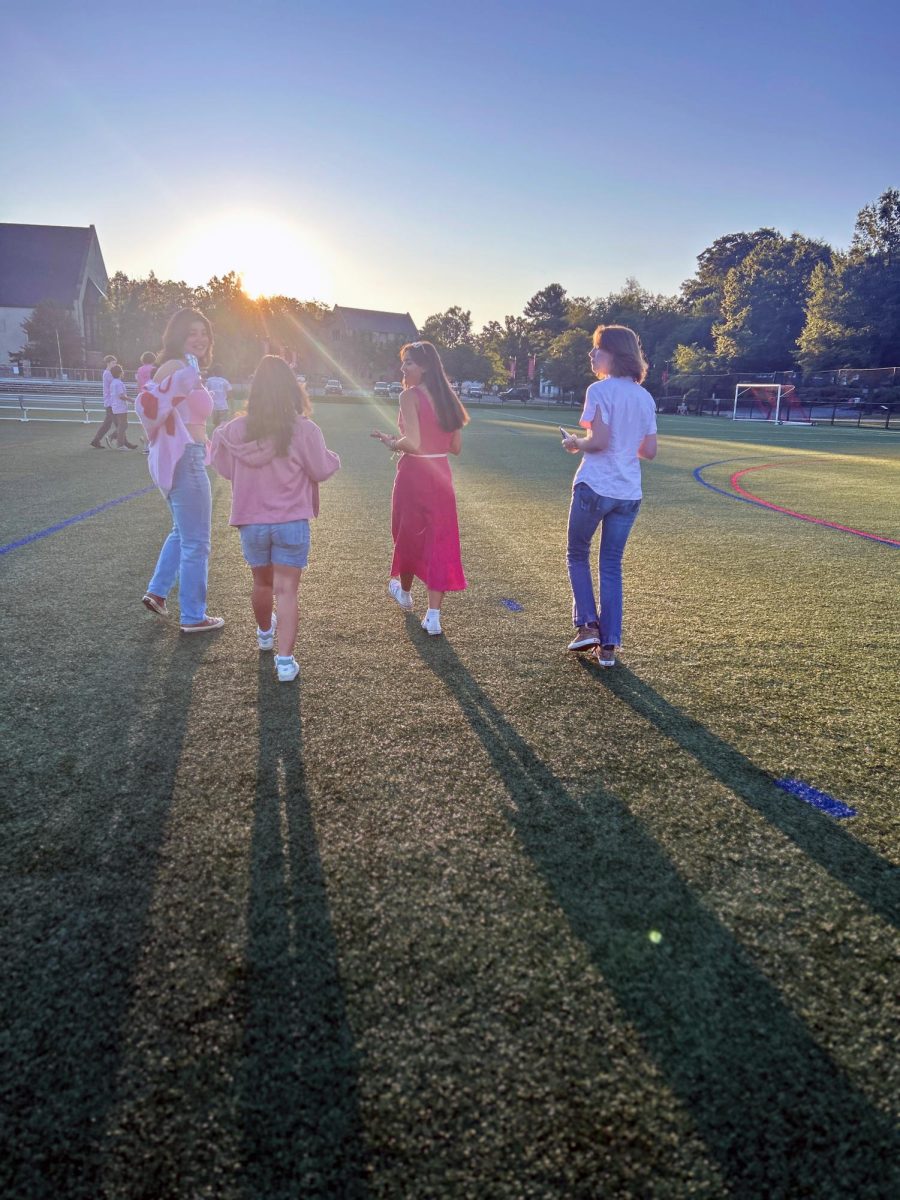






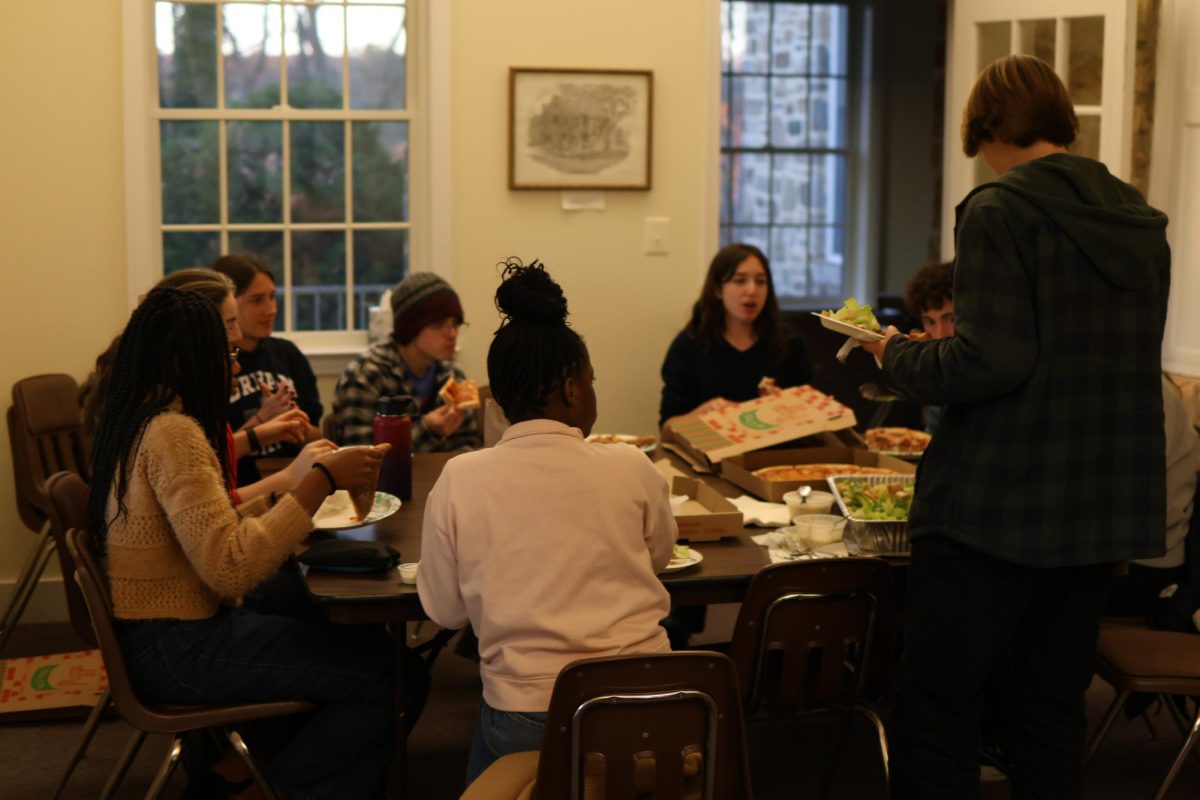
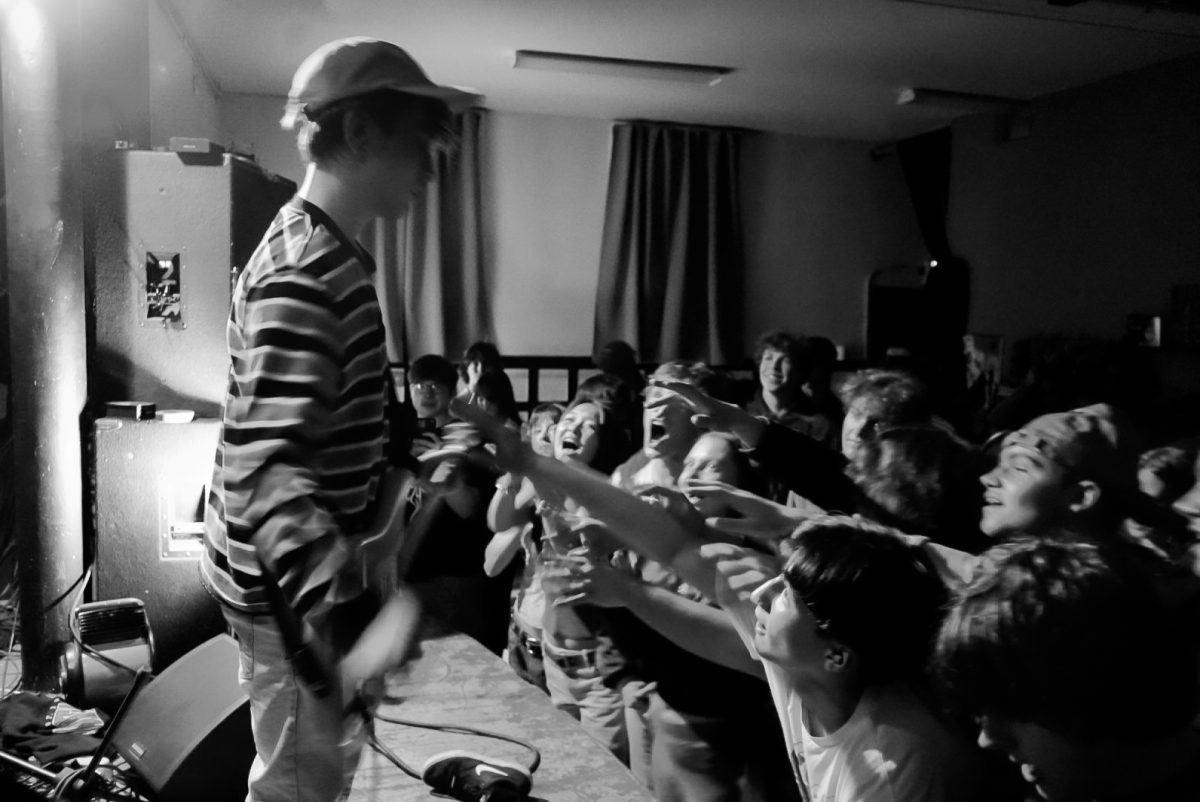
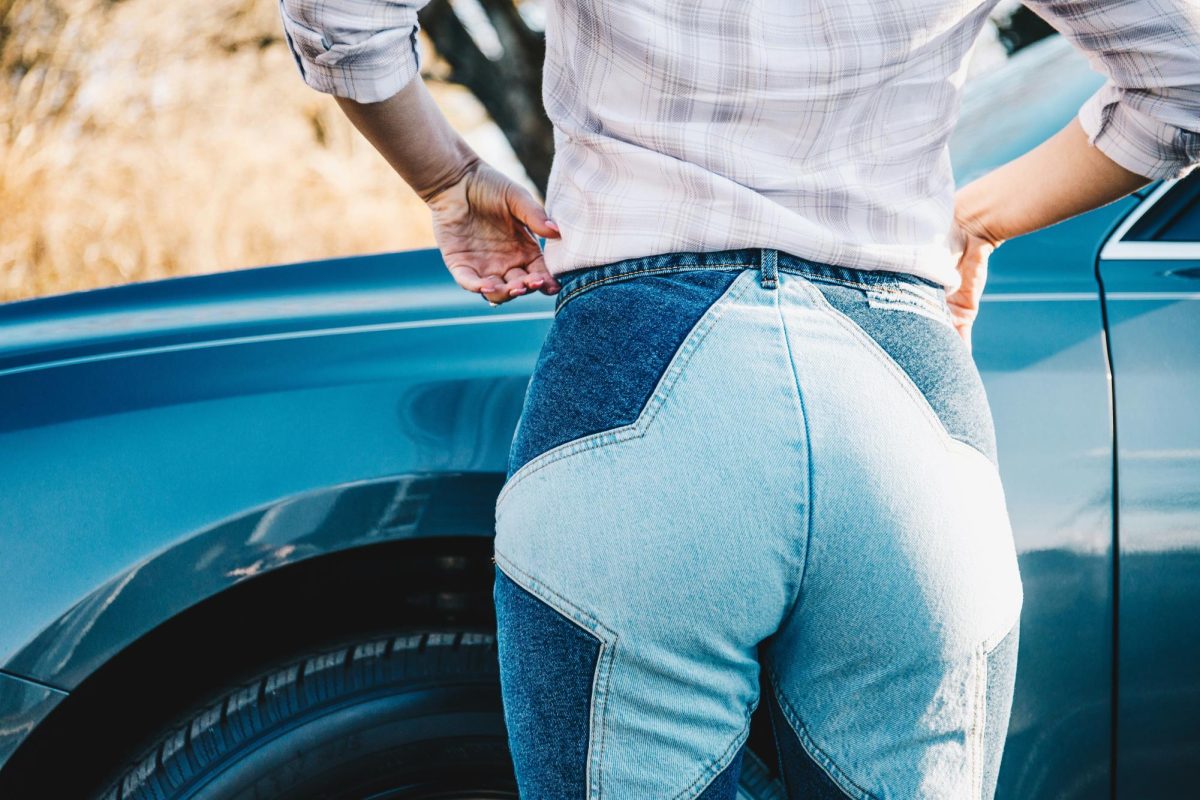
![How Freestyle Club Began [Podcast]](https://thequakerquill.org/wp-content/uploads/2025/05/charly-alvarez-Jv9untmB7G4-unsplash-1200x800.jpg)
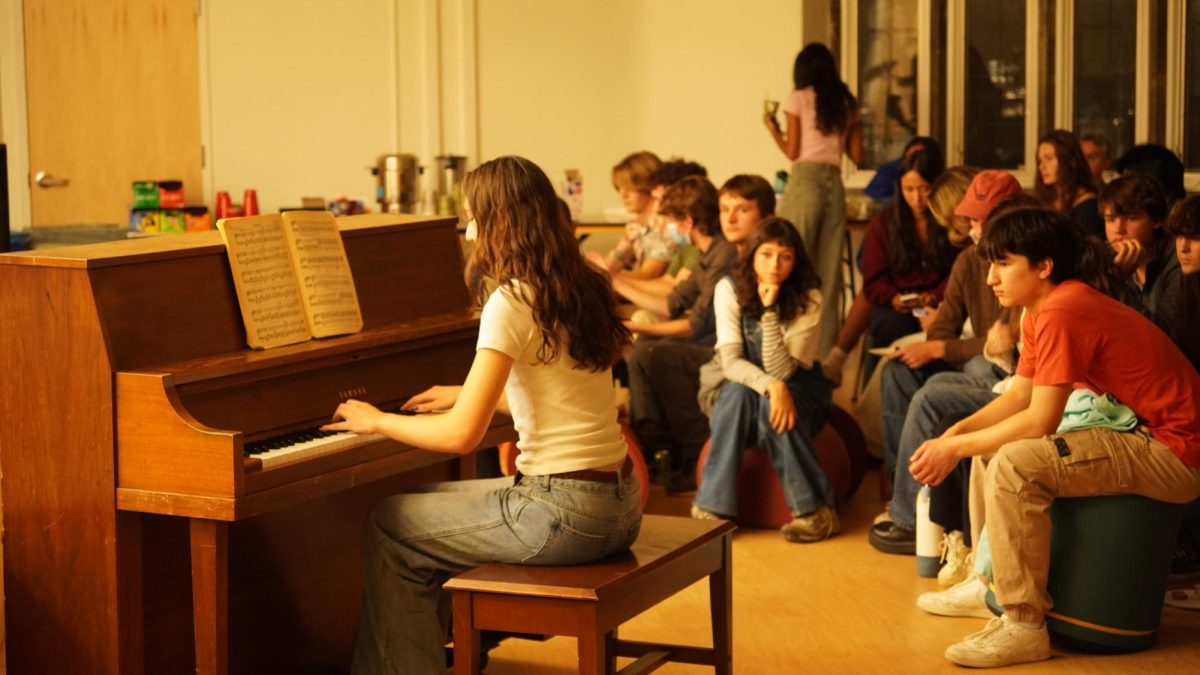
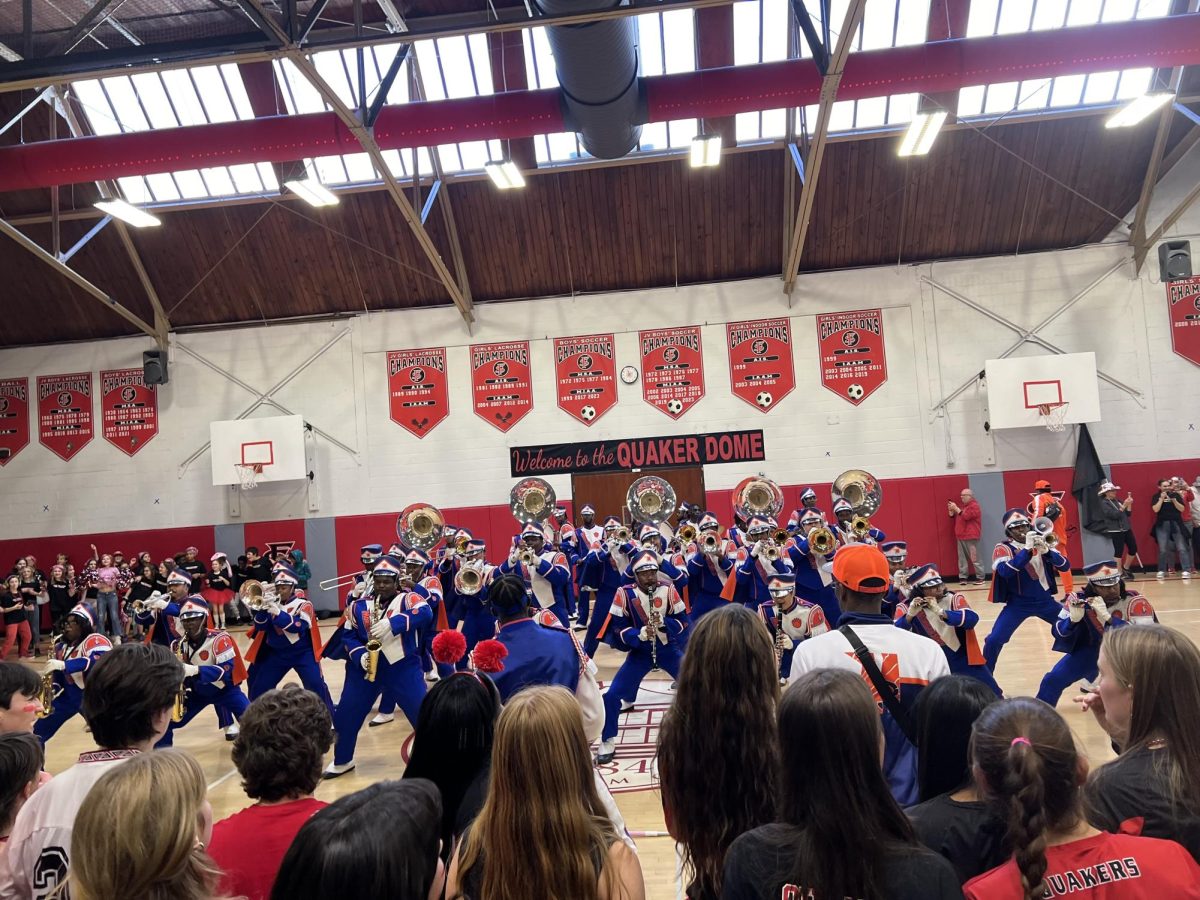
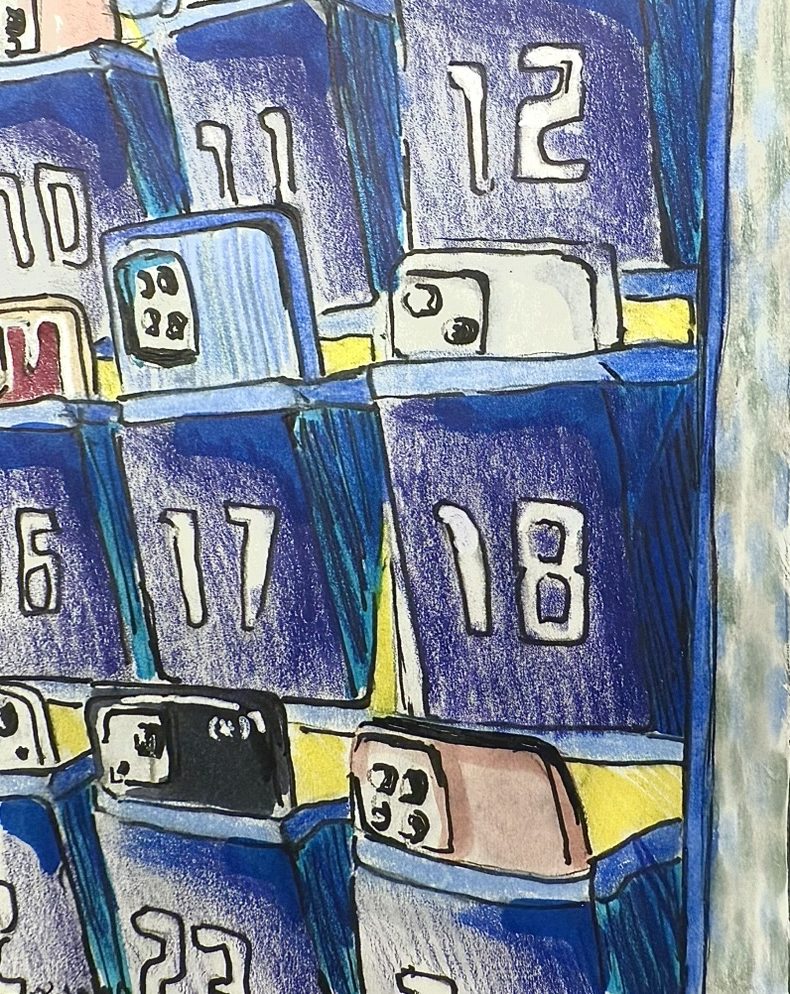
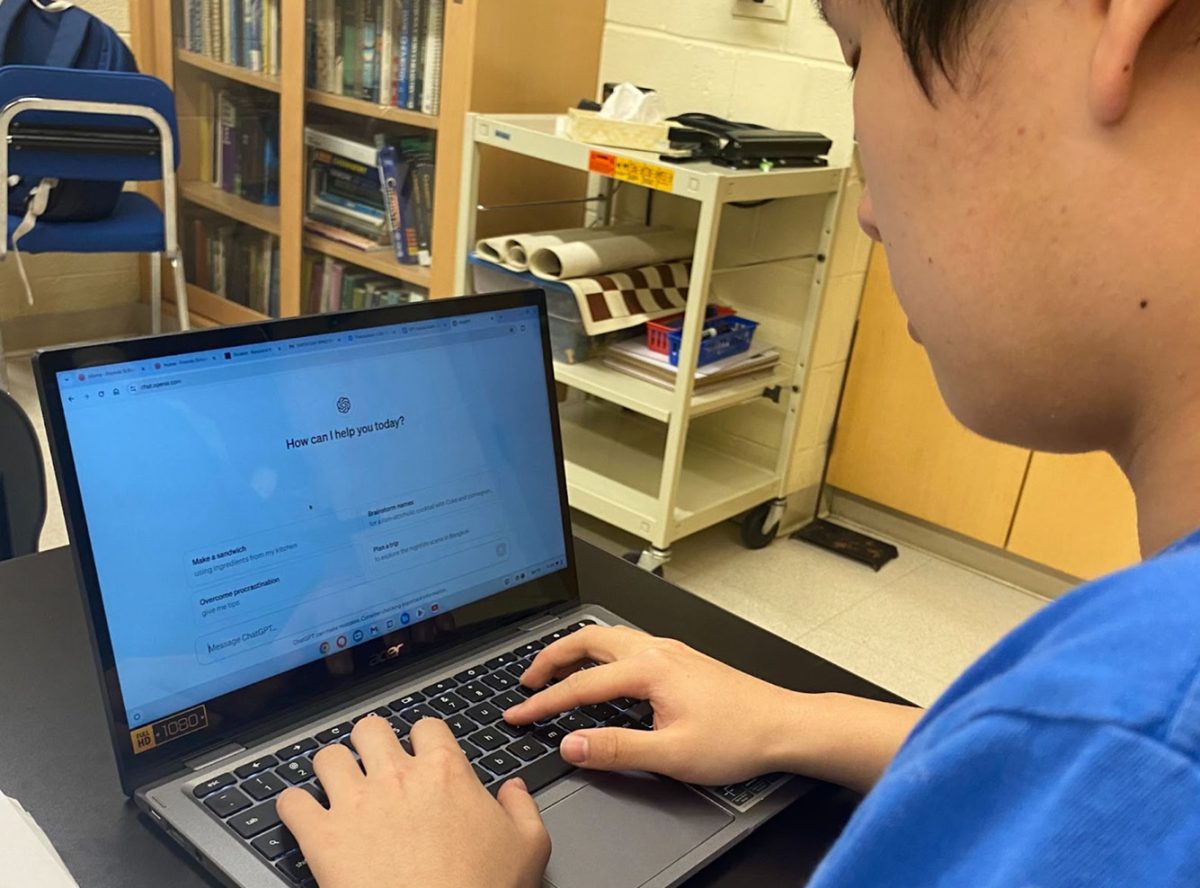



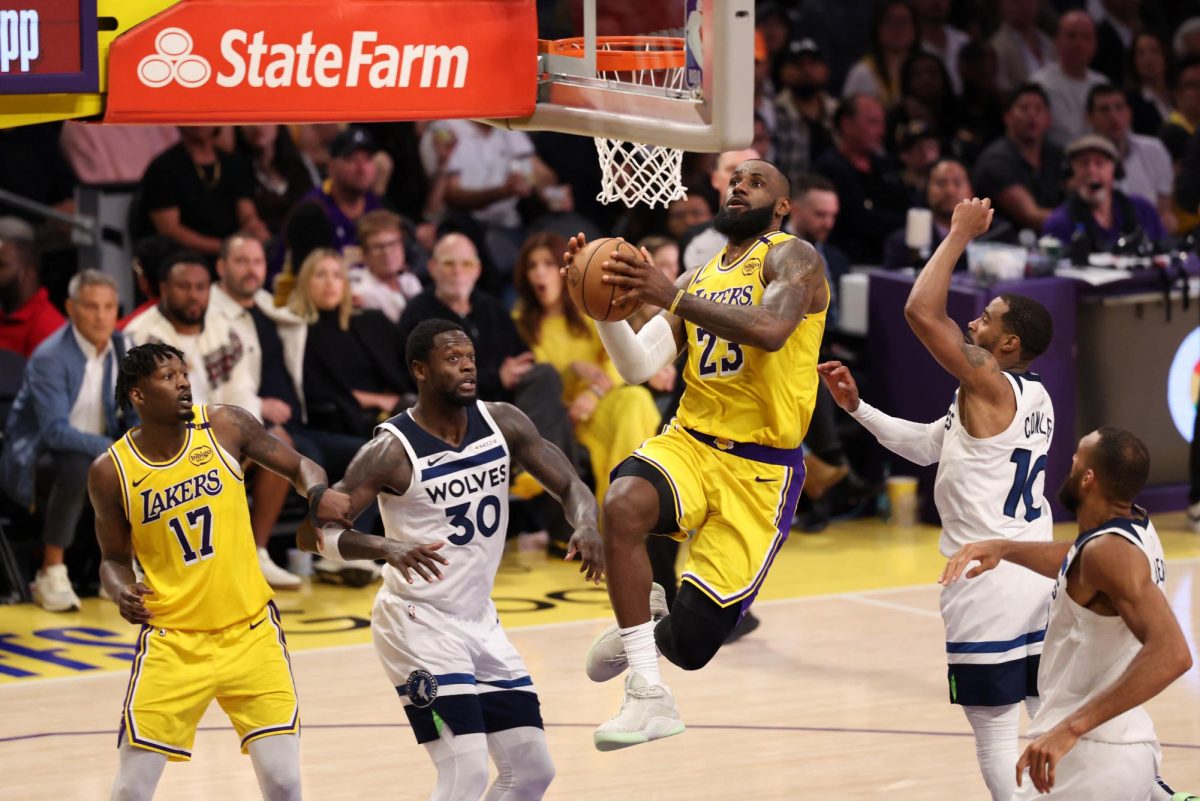


![What makes you feel good about yourself? [Podcast]](https://thequakerquill.org/wp-content/uploads/2025/10/madison-oren-uGP_6CAD-14-unsplash-1200x800.jpg)

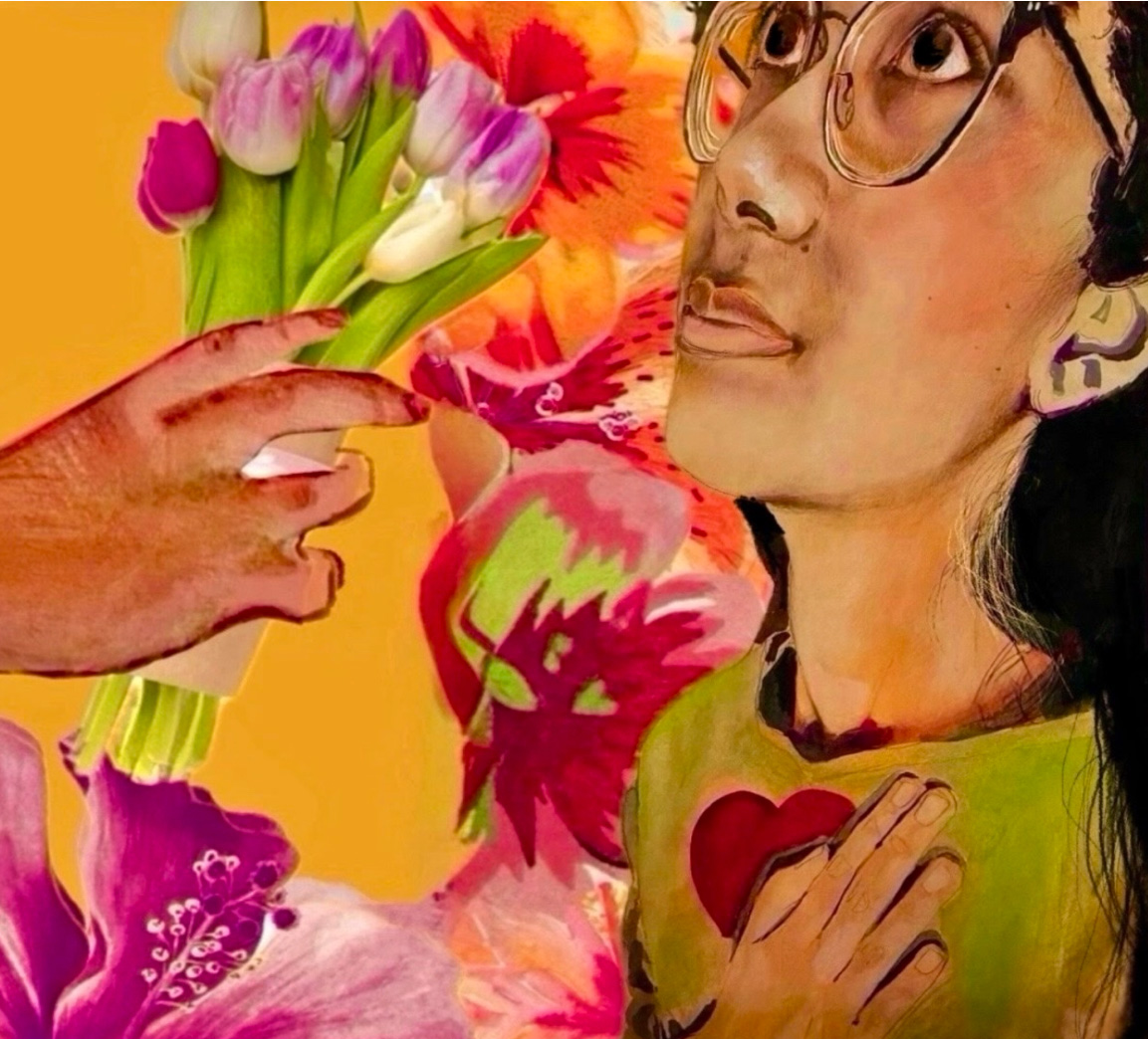


![A Phone Ban at Friends? [Podcast]](https://thequakerquill.org/wp-content/uploads/2025/05/magenta-VrRT19_ZjUY-unsplash-1200x900.jpg)
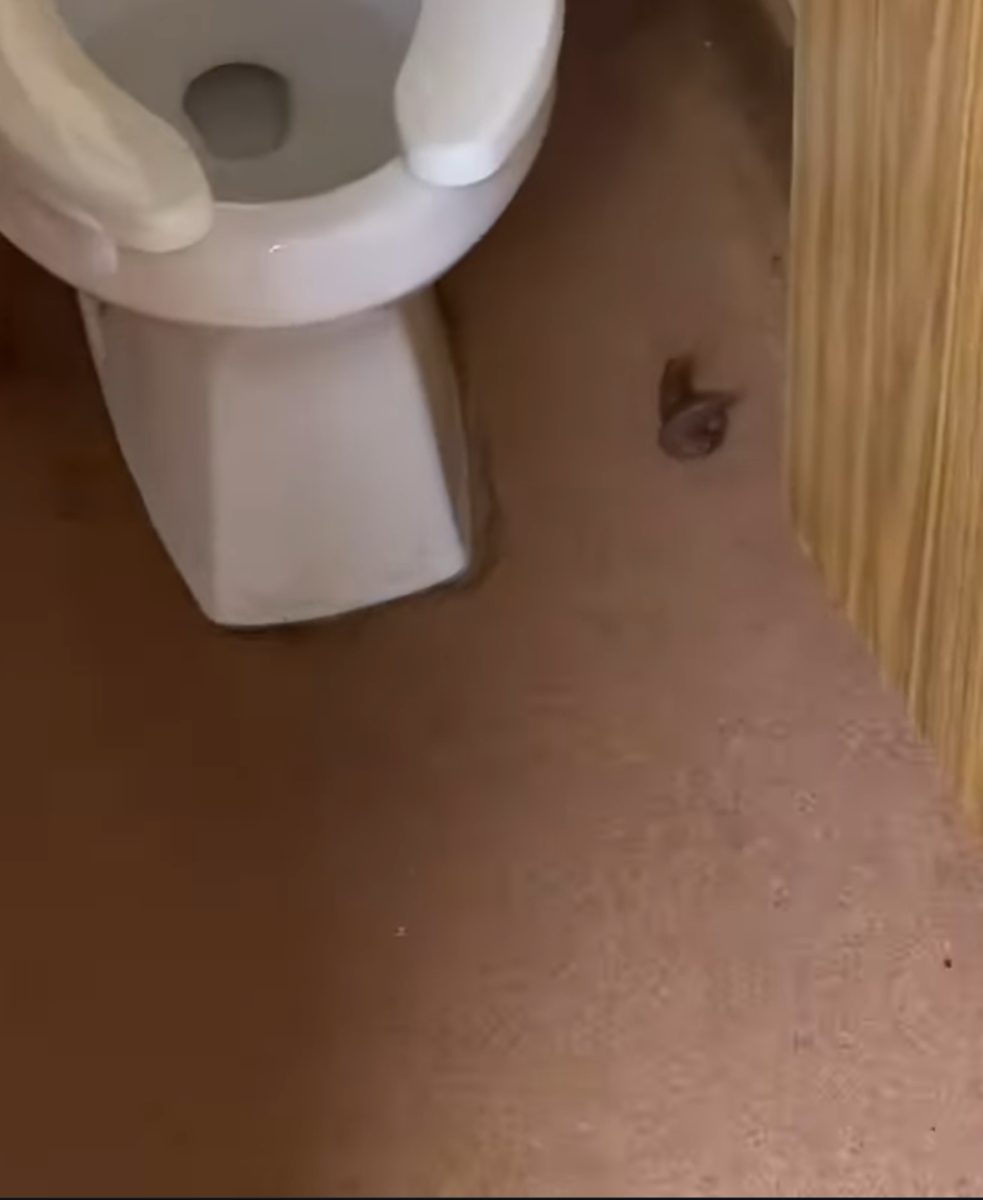
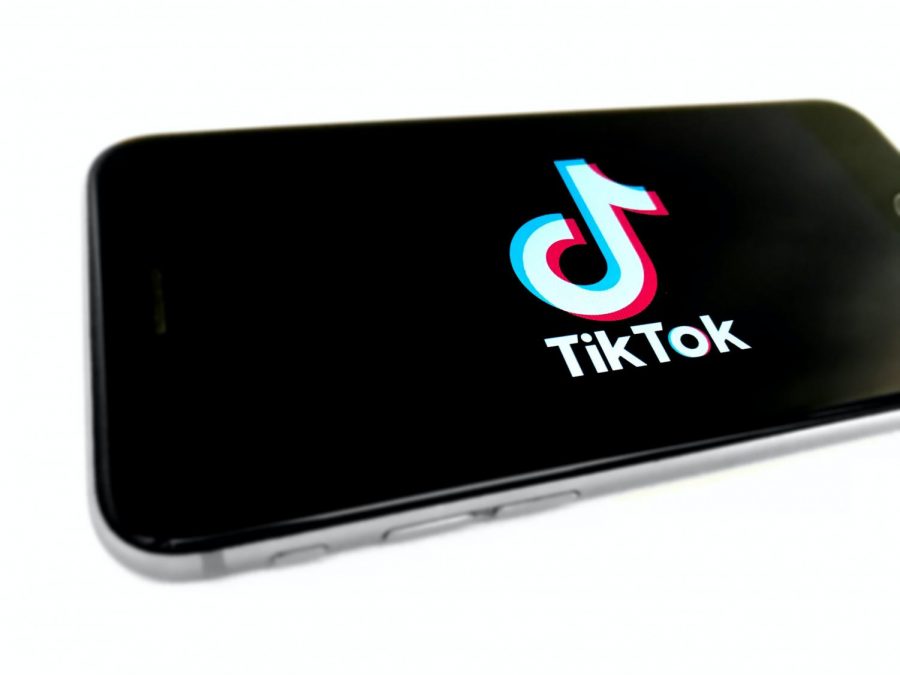
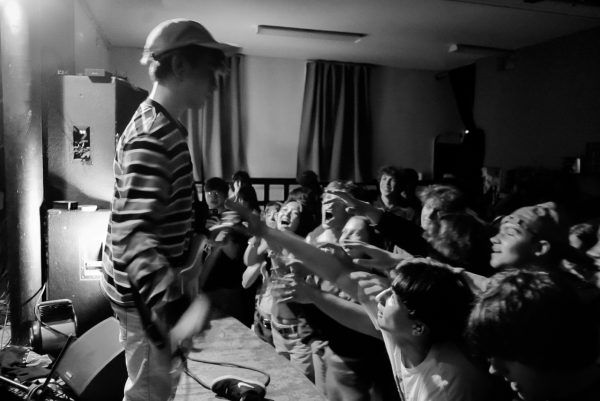

![How Freestyle Club Began [Podcast]](https://thequakerquill.org/wp-content/uploads/2025/05/charly-alvarez-Jv9untmB7G4-unsplash-600x400.jpg)
